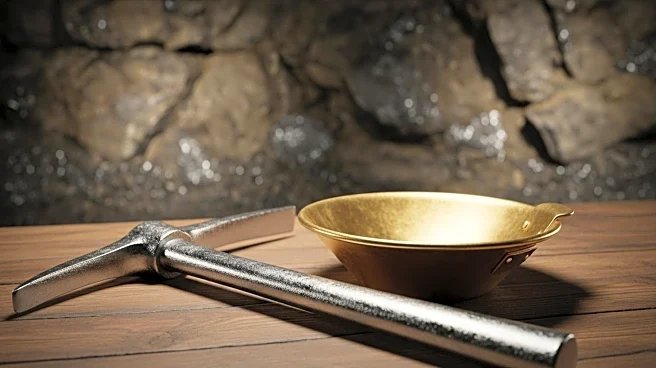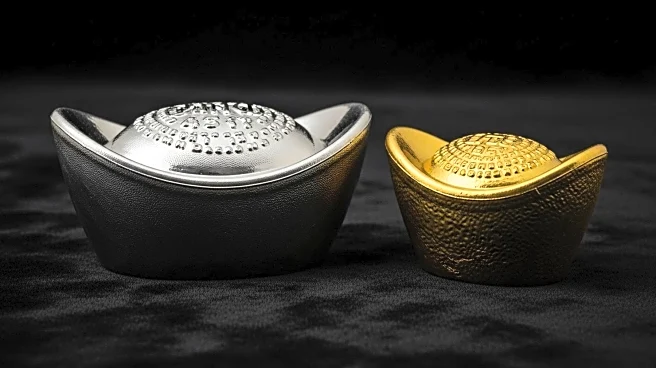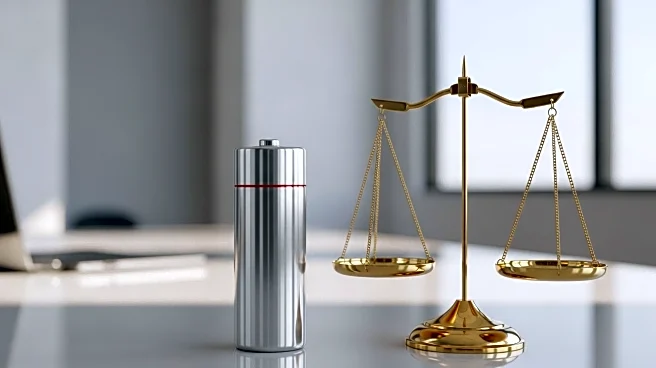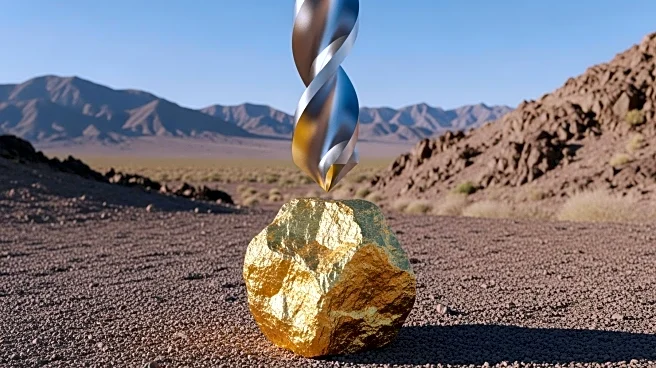What's Happening?
Military Metals is conducting a soil geochemical survey at its Last Chance Project in Nevada. The survey aims to collect up to 1,000 samples to analyze alteration and mineralization structures before drilling. The program will use a 75-foot station with lines spaced 150 feet apart. Recent samples returned stibnite grades of up to 11.61%, a mineral often found in quartz-carbonate veins. CEO Scott Eldridge highlights the increased demand for antimony, a critical mineral in the U.S., emphasizing the importance of domestic sources. The soil geochemistry is a cost-effective tool to identify mineralized systems, aiding in refining drill targets.
Why It's Important?
The soil sampling campaign is significant due to the rising demand for antimony, a critical mineral in the U.S. Antimony is essential for various industries, including munitions, and its domestic sourcing is crucial for national security and economic stability. The campaign could lead to discoveries that enhance the U.S. supply chain for antimony, reducing reliance on foreign sources. Successful identification of mineralized systems could bolster Military Metals' position in the market, potentially leading to increased investment and development in the region.
What's Next?
Military Metals plans to integrate the survey results with existing data to refine its drilling program. This integration aims to pinpoint structures related to stibnite mineralization, increasing the chances of discovery. The company will continue to focus on antimony exploration across its projects in Canada, the U.S., and Slovakia. Stakeholders, including investors and industry partners, will likely monitor the outcomes of this campaign closely, as it could influence future exploration strategies and investment decisions.












